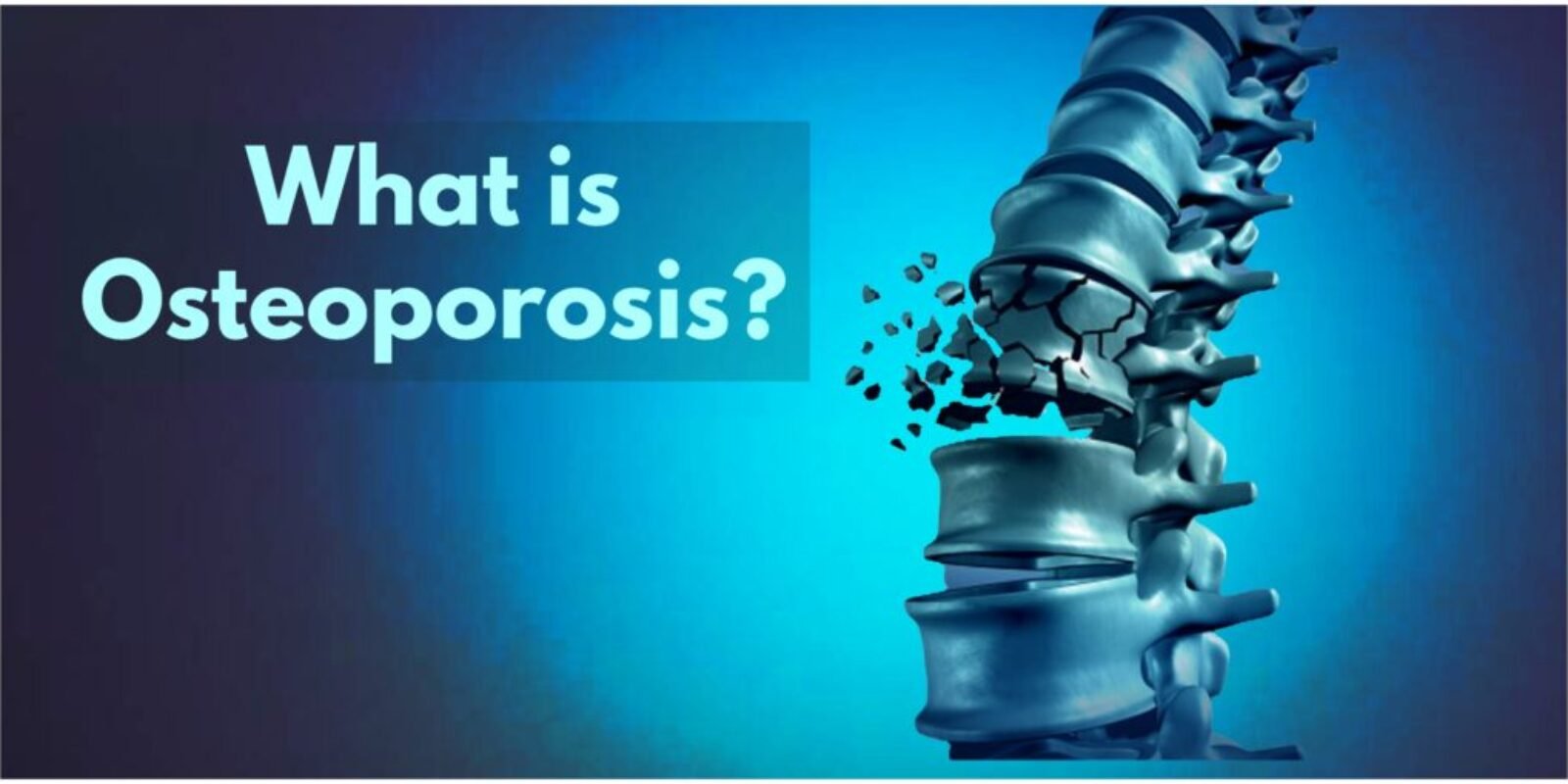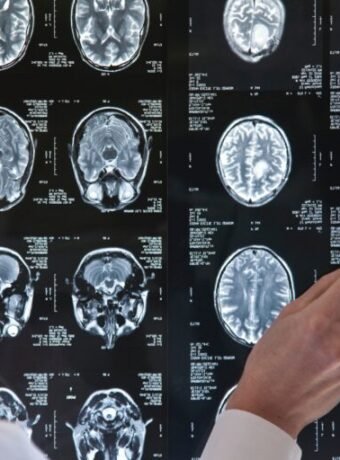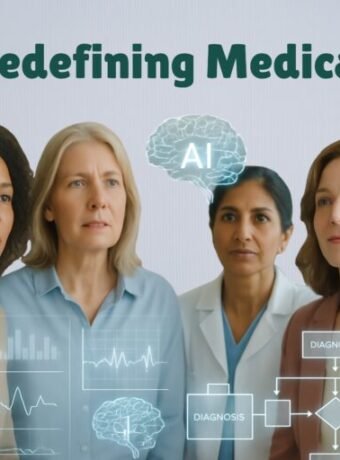Last Updated on June 27, 2025 by Julian Espinosa
Have you ever wondered why some people seem to bounce back from minor falls while others suffer serious fractures? The answer often lies in bone health—specifically, a condition called osteoporosis that affects millions of adults over 50.
Picture your bones as a bustling construction site. Throughout your life, your body constantly breaks down mature bone tissue and builds new bone to replace it. But as we enter our 50s and beyond, this process can become unbalanced, leading to bones that are more fragile than they should be. This is osteoporosis, and it’s far more common than you might think.
In the United States alone, an estimated 10 million people age 50 and older have osteoporosis, with the condition affecting one in three women and one in five men over 50 worldwide. What makes this condition particularly challenging is its “silent” nature—you might not know you have it until a fracture occurs.
But here’s the encouraging news: osteoporosis isn’t an inevitable part of growing older. With the right knowledge, early detection, and proper management, you can maintain strong, healthy bones well into your retirement years. This comprehensive guide will walk you through everything you need to know about osteoporosis—from understanding risk factors and getting properly diagnosed to exploring effective treatments and lifestyle strategies that can make a real difference.
Whether you’re concerned about your own bone health or want to help a loved one, this article provides the practical, science-backed information you need to take control of your bone health journey.
Everything You Need to Know About Osteoporosis in Seniors
Did you know? Statistics show that osteoporosis strikes a staggering 200 million people globally, with seniors bearing the brunt. Yet, diagnosing it can be tricky, as symptoms often fly under the radar until a major fracture hits. Let’s shed light on this silent threat!
As we navigate our 50s, 60s, and beyond, maintaining strong bones becomes increasingly important for our independence and quality of life. Osteoporosis—a condition characterized by decreased bone density and increased fracture risk—doesn’t have to be an inevitable part of aging. With proper understanding and proactive management, you can keep your bones healthy and strong.
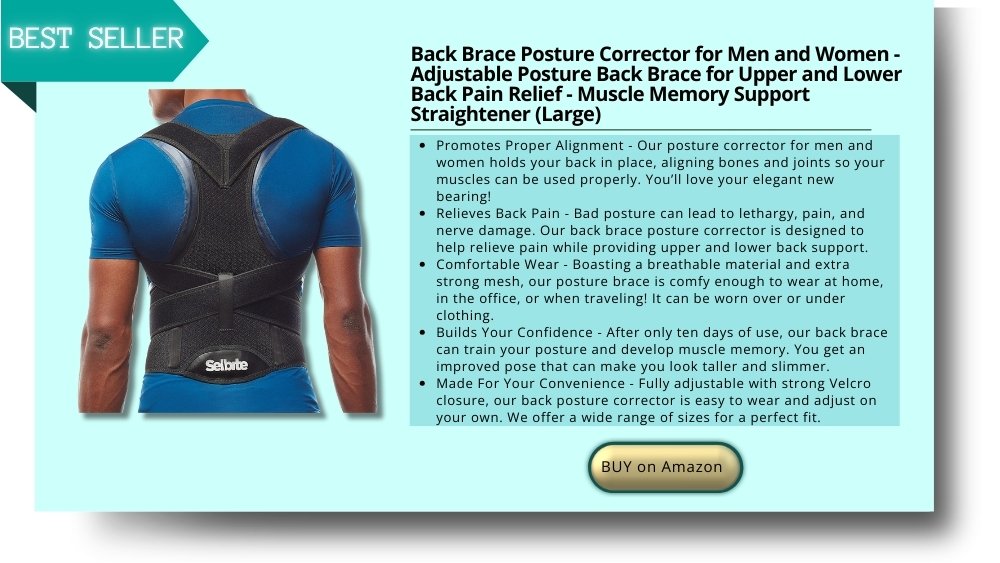
Join us as we uncover the brittle truth about osteoporosis in seniors! From risk factors to diagnosis and treatment options, we’ll dive deep into understanding this condition. With knowledge in hand, we can actively safeguard the health and happiness of seniors. Let’s dive into the facts about osteoporosis in seniors!
Prefer to listen rather than read?
Osteoporosis in Seniors is Characterized by Low Bone Density
Think of your bones as living tissue that’s constantly remodeling itself, much like a house that’s perpetually under renovation. In healthy bones, the process of breaking down mature bone tissue (resorption) and building new bone (formation) stays in perfect balance. However, when this balance tips toward more breakdown than buildup, bones become porous, brittle, and more prone to fractures.
An estimated 10 million people age 50 years and older have osteoporosis in the United States, with women being disproportionately affected, though about 2 million are men. Beyond the immediate statistics, osteoporosis significantly impacts daily life, potentially leading to chronic pain, reduced mobility, and loss of independence.
Reasons why Osteoporosis is often referred to as a “silent disease”
Understanding why osteoporosis often goes undetected helps explain why proactive screening is so crucial:
The Gradual Nature of Bone Loss
Bone density naturally decreases as we age, but this process typically occurs slowly over many years. You might not notice any symptoms until bone loss becomes severe enough to cause a fracture. This gradual progression means that by the time symptoms appear, significant bone loss may have already occurred.
Absence of Early Warning Signs
Unlike many health conditions that announce themselves with clear symptoms, osteoporosis typically develops silently. There’s no pain, no obvious physical changes, and no immediate impact on daily activities—until a fracture happens.
The Challenge of Detection
Many healthcare providers don’t routinely screen for bone density unless specific risk factors are present or a patient requests testing. This means some people with osteoporosis may go years without diagnosis, missing opportunities for early intervention.
The Real Impact: Beyond Just Broken Bones
When we talk about osteoporosis, it’s easy to focus solely on fractures. However, the ripple effects extend far beyond the initial break:
Physical Consequences
Fractures, particularly in weight-bearing bones like the hip or spine, can result in:
- Chronic pain that affects daily activities
- Reduced mobility requiring assistive devices
- Changes in posture, especially with spinal compression fractures
- Decreased overall physical function
Emotional and Social Impact
The fear of falling and subsequent fractures can lead to:
- Reduced social activities and isolation
- Anxiety about engaging in previously enjoyed activities
- Loss of confidence in physical abilities
- Potential depression related to lifestyle changes
Independence Concerns
Perhaps most significantly for many seniors, osteoporotic fractures can threaten independence. Hip fractures, in particular, may require extended rehabilitation and sometimes necessitate changes in living arrangements.
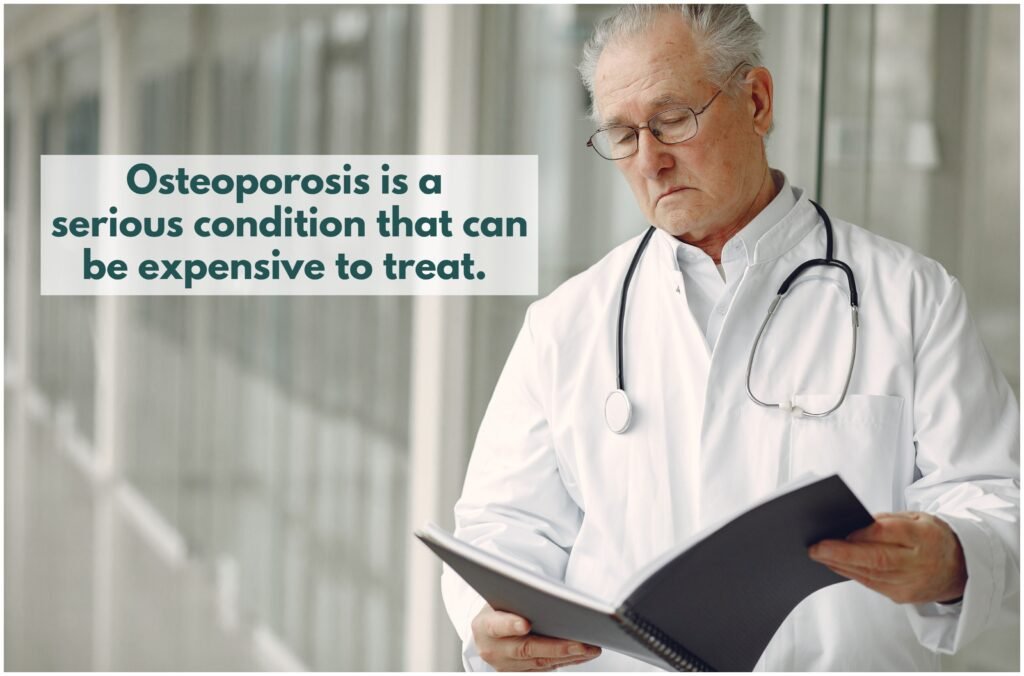
Diagnosis
The gold standard for diagnosing osteoporosis is a bone density test using dual-energy X-ray absorptiometry (DXA). This painless, non-invasive test typically takes 10-30 minutes and measures bone mineral density at the hip and spine—the most common fracture sites.
Who Should Get Tested?
Current guidelines recommend bone density testing for:
- All women 65 and older
- All men 70 and older
- Postmenopausal women under 65 with risk factors
- Men 50-69 with risk factors
- Anyone who has had a fracture after age 50
Understanding Your Results
Your DXA results will show T-scores that compare your bone density to that of a healthy 30-year-old:
- Osteoporosis: T-score of -2.5 or lower
- Normal: T-score of -1.0 or higher
- Osteopenia (low bone mass): T-score between -1.0 and -2.5
Risk Factors
While some risk factors for osteoporosis can’t be changed, understanding them helps you make informed decisions about prevention and treatment:
Factors You Cannot Control
- Genetics: Family history plays a significant role. If your parents or siblings have had osteoporosis or fractures, your risk increases.
- Hormonal Changes: For women, the decrease in estrogen during menopause significantly accelerates bone loss. Men experience a more gradual decline in testosterone, which also affects bone health.
- Age: Bone density naturally decreases with age, making everyone more susceptible over time.
Factors You Can Influence
- Nutrition: Adequate calcium and vitamin D intake throughout life supports bone health. However, many adults don’t get enough of these crucial nutrients from their diet alone.
- Physical Activity: Regular weight-bearing exercise stimulates bone formation and helps maintain bone density. Conversely, a sedentary lifestyle accelerates bone loss.
- Lifestyle Choices: Smoking and excessive alcohol consumption negatively impact bone health by interfering with the body’s ability to absorb calcium and by affecting hormone levels that regulate bone remodeling.

Current Treatment Approaches: What the Latest Research Shows
Recent clinical guidelines from the American College of Physicians recommend bisphosphonates as the initial pharmacologic treatment to reduce fracture risk in both males and postmenopausal females diagnosed with primary osteoporosis.
First-Line Medications: Bisphosphonates
Bisphosphonates work by slowing down bone resorption, allowing bone formation to catch up and improve overall bone density. Common bisphosphonates include:
- Alendronate (Fosamax)
- Risedronate (Actonel)
- Ibandronate (Boniva)
- Zoledronic acid (Reclast)
These medications have been shown to reduce fracture risk by up to 50% in clinical studies. However, they require specific administration instructions (typically taken on an empty stomach with plenty of water) and may cause gastrointestinal side effects in some people.
Second-Line Options
Denosumab is endorsed as a second-line therapy for adults with contraindications to or who experience adverse effects from bisphosphonates. This medication, given as an injection every six months, works by blocking a protein that promotes bone breakdown.
Hormone Therapy Considerations
For postmenopausal women, hormone therapy can be effective for bone protection, but it’s typically considered when menopausal symptoms are also present due to potential risks associated with long-term use.
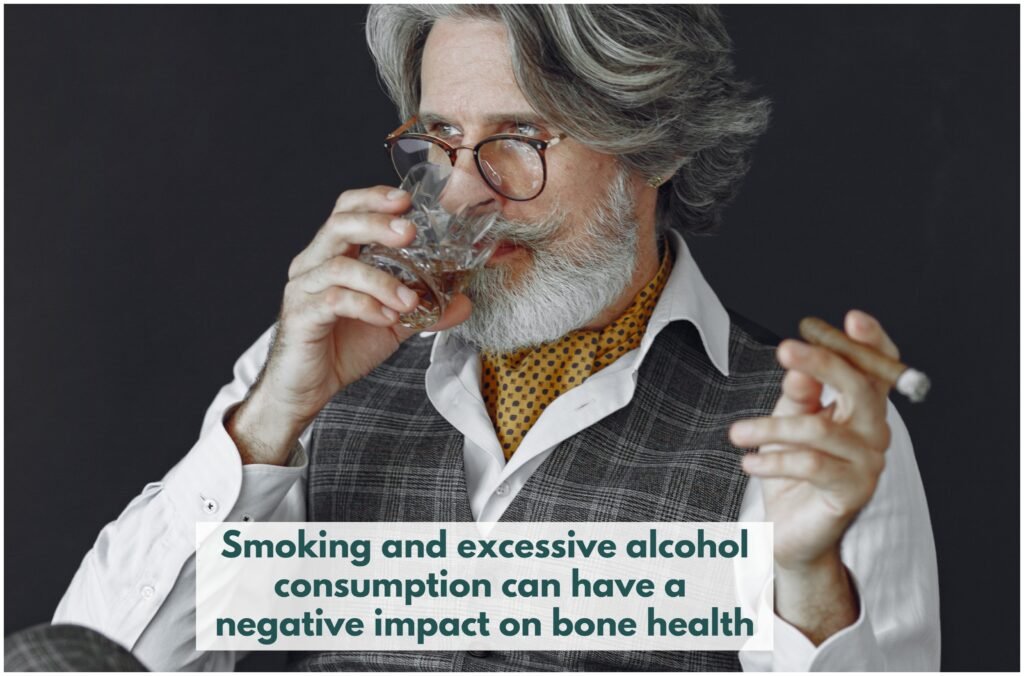
Lifestyle Strategies That Really Make a Difference
While medications can be highly effective, lifestyle modifications form the foundation of comprehensive osteoporosis management:
Exercise: Your Bones’ Best Friend
Not all exercise is created equal when it comes to bone health. The most beneficial activities include:
Weight-Bearing Exercises: Activities where you work against gravity while staying upright, such as:
- Walking, hiking, or dancing
- Tennis or racquet sports
- Stair climbing
Resistance Training: Using weights, resistance bands, or body weight to strengthen muscles and stimulate bone formation:
- Light weight lifting with proper form
- Resistance band exercises
- Modified push-ups or wall push-ups
Balance and Flexibility: While these don’t directly build bone density, they’re crucial for preventing falls:
- Tai chi or yoga
- Balance exercises like standing on one foot
- Flexibility routines to maintain range of motion
Nutrition: Building Strong Bones from the Inside Out
Calcium: Adults over 50 need 1,200 mg of calcium daily. Good sources include:
- Dairy products (milk, yogurt, cheese)
- Leafy green vegetables (kale, collard greens)
- Fortified foods (plant-based milks, orange juice)
- Canned fish with soft bones (sardines, salmon)
Vitamin D: Essential for calcium absorption, with adults over 50 needing 800-1,000 IU daily:
- Fatty fish (salmon, mackerel, tuna)
- Fortified foods
- Limited sun exposure
- Supplements when dietary sources are insufficient
Other Important Nutrients:
- Magnesium: Found in nuts, seeds, and whole grains
- Vitamin K: Present in leafy greens and fermented foods
- Protein: Essential for bone structure, found in lean meats, fish, legumes, and dairy
Fall Prevention: Your Safety Net
Since fractures often result from falls, creating a safer environment is crucial:
Home Safety Modifications:
- Remove throw rugs or secure them with non-slip backing
- Ensure adequate lighting throughout your home
- Install grab bars in bathrooms
- Keep walkways clear of clutter
- Use non-slip mats in bathtubs and showers
Personal Safety Strategies:
- Wear shoes with good support and non-slip soles
- Use assistive devices (canes, walkers) when recommended
- Be cautious on wet or icy surfaces
- Consider a medical alert system if you live alone
Working with Your Healthcare Team
Managing osteoporosis effectively requires collaboration with healthcare professionals who understand your individual needs and circumstances. Your team might include:
- Primary Care Physician: For overall health management and initial screening
- Endocrinologist: Specializes in hormonal aspects of bone health
- Rheumatologist: Focuses on bone and joint conditions
- Physical Therapist: Helps design safe, effective exercise programs
- Registered Dietitian: Provides personalized nutrition guidance
Looking Forward: Hope and Empowerment
Receiving an osteoporosis diagnosis can feel overwhelming, but it’s important to remember that this condition is highly manageable. With current treatments and lifestyle modifications, many people with osteoporosis continue to live active, fulfilling lives.
The key is taking action early and consistently. Whether you’re just learning about osteoporosis prevention or you’ve recently been diagnosed, every step you take toward better bone health makes a difference. From choosing to take that daily walk to ensuring you get adequate calcium and vitamin D, these seemingly small actions compound over time to create significant improvements in bone strength and overall health.
Remember, stronger bones at any age are possible. Your bones have been supporting you throughout your life—now it’s time to support them back.
Disclaimer
The content provided on MySeniors.World is for informational purposes only and is not intended as either financial or medical advice. Always consult a qualified professional before making any investment or health-related decisions.
Posts may contain affiliate links, meaning we earn a commission – at no additional cost to you, if you click through and make a purchase. Your support helps us continue providing valuable content.
FAQ: Osteoporosis in Seniors
- Can osteoporosis be reversed, or can you only slow its progression?
- While severe bone loss typically cannot be completely reversed, many people can significantly improve their bone density with proper treatment. Medications like bisphosphonates and denosumab can not only slow bone loss but often increase bone density. The key is early detection and consistent treatment.
- Is it safe to exercise if I have osteoporosis?
- Yes, but the type of exercise matters. Weight-bearing and resistance exercises are beneficial and safe when done properly. However, you should avoid high-impact activities or movements that involve bending forward at the waist. Work with a physical therapist to develop a safe, effective exercise program tailored to your condition.
- How often should I have bone density testing?
- For most people with osteoporosis, bone density testing every 1-2 years is appropriate to monitor treatment effectiveness. However, if you have stable results on effective treatment, your doctor might recommend less frequent testing. The timing depends on your individual risk factors and treatment response.
- Are calcium supplements necessary if I eat dairy products?
- It depends on your total daily calcium intake from all sources. Many adults don’t get the recommended 1,200 mg daily from food alone. Keep a food diary for several days to track your calcium intake, and discuss with your healthcare provider whether supplements are necessary for you.
- What’s the difference between osteoporosis and osteopenia?
- Osteopenia is a condition of lower-than-normal bone density that’s not severe enough to be classified as osteoporosis. Think of it as a warning sign. People with osteopenia have an increased fracture risk compared to those with normal bone density, but not as high as those with osteoporosis.
- Can men get osteoporosis, or is it only a women’s condition?
- While osteoporosis is more common in women, about 2 million men in the United States have the condition. Men typically develop osteoporosis later than women because they start with higher bone density and don’t experience the rapid bone loss associated with menopause. However, by age 70, men and women lose bone mass at similar rates.
- Will taking osteoporosis medication for years cause problems?
- Long-term bisphosphonate use (typically 5+ years) is associated with rare but serious side effects like atypical fractures and osteonecrosis of the jaw. However, for most people, the benefits of fracture prevention far outweigh these risks. Your doctor will periodically evaluate whether you should continue, modify, or take a break from treatment.
- Can I stop my osteoporosis medication once my bone density improves?
- This is a complex decision that should be made with your healthcare provider. Stopping osteoporosis treatment is associated with an increased risk of fragility fracture, such that routine cessation of anti-resorptive therapy is not supported by current evidence. Some people may be candidates for a “drug holiday,” but this requires careful evaluation of individual risk factors.
REFERENCES
- Centers for Disease Control and Prevention. (2024). FastStats – Osteoporosis. National Center for Health Statistics.
- U.S. Department of Health and Human Services. (2024). Osteoporosis Workgroup – Healthy People 2030. Office of Disease Prevention and Health Promotion.
- International Osteoporosis Foundation. (2025). Epidemiology. Retrieved February 17, 2025.
- American College of Physicians. (2023). ACP Updates Clinical Recommendations on Treatment of Osteoporosis. American Family Physician.
- Qaseem, A., et al. (2023). Pharmacologic Treatment of Primary Osteoporosis or Low Bone Mass to Prevent Fractures in Adults: A Living Clinical Guideline From the American College of Physicians. Annals of Internal Medicine.
- Endocrine Society. (2022). Pharmacological Management of Osteoporosis in Postmenopausal Women Guideline Resources.
- National Osteoporosis Guideline Group. (2024). Section 7: Strategies for management of osteoporosis and fracture risk.
- Various clinical studies and meta-analyses on osteoporosis treatment efficacy (2022-2024).
